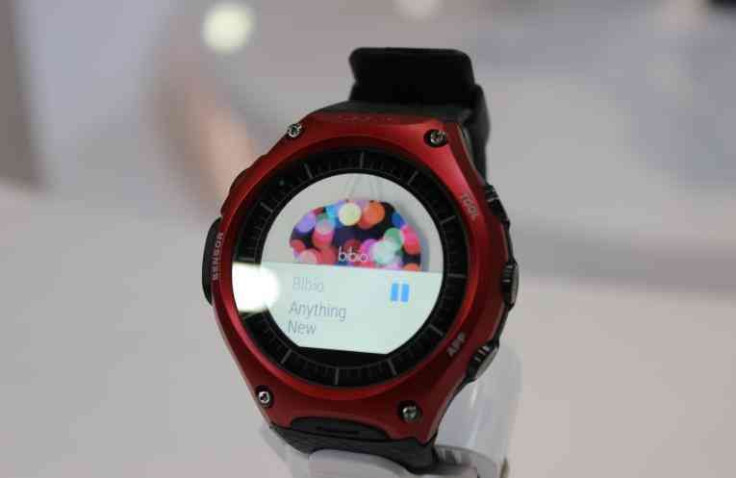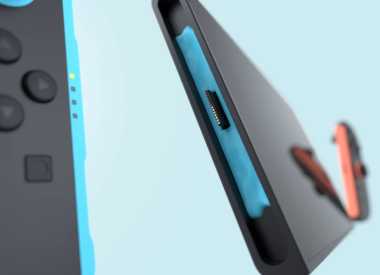It’s been a busy but exciting time at CES 2016. We’ve flown drones in the desert, played with the latest smarttwatches and demoed the latest and great VR technology. As CES comes to a close in Vegas here are 10 of iDigitalTimes’ favorite products and news notes from CES 2016.
Orpheus by Sennheiser
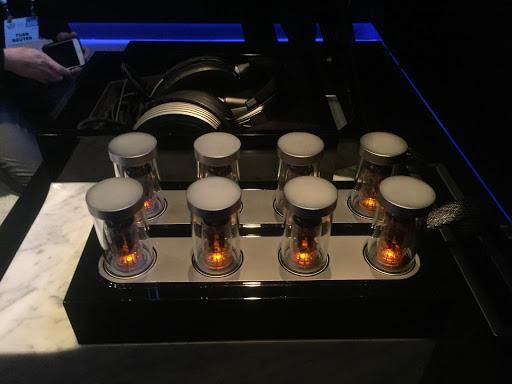
A pair of headphones with style-focus and arrogance of Kanye West, the Orpheus by Sennheiser is meant for those who spare no expense and settle for nothing. With a price tag of $50,000, the Orphues features a marble base, tube amplifiers and maybe the best sound on the market.
During our demo the quality of the sound was near perfect and was part of Sennheirser’s AMBEO 3D Audio Technology. The Orpheus paired with 3D Audio made for the best sound from a set of headphones we’ve ever heard. The sticker shock, however, will make these headphones something most will never get to experience.
Casio WSD-F10 Outdoor Fitness Watch
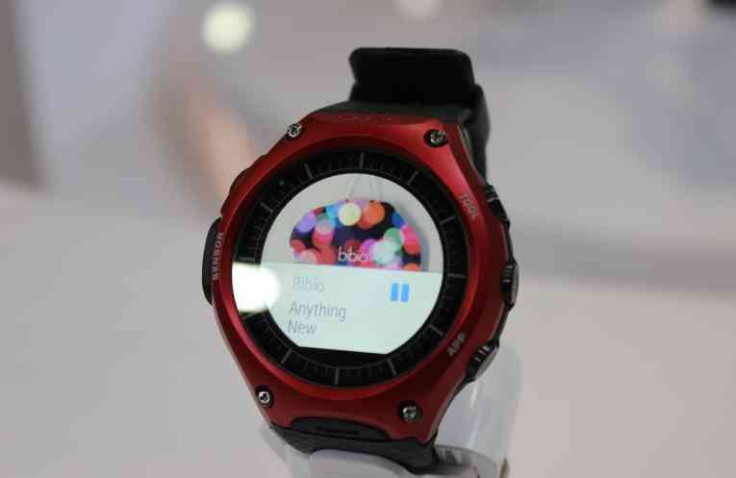
Casio's WSD-F10 Smart Outdoor Watch is an all-terrain device featuring a military grade design and is water resistance up to 50 meters. It runs on the Android Wear operating system. The smartwatch charges from dead to full in about two hours and battery life lasts about one day.
With Android Wear, users get a smartwatch experiences, which includes being able to send and receive calls and texts and receiving notifications from texts, emails and social media. Users also have a range of customization options, including being able to change the watch faces on the WSD-F10.
Netflix
During Netflix CEO Reed Hastings' keynote speech at CES 2016, we learned the popular Internet streaming service is now expanding to more than 190 countries across the world. Similar to HBO's comments from a year ago, Hastings told the audience he didn't mind if people shared their Netflix passwords with friends and family.
“Today you are witnessing the birth of a new global Internet TV network,” said Hastings. “With this launch, consumers around the world -- from Singapore to St. Petersburg, from San Francisco to Sao Paulo -- will be able to enjoy TV shows and movies simultaneously -- no more waiting. With the help of the Internet, we are putting power in consumers’ hands to watch whenever, wherever and on whatever device.”
So after his keynote more people legally, and through shared passwords, are able to watch Netflix. Hastings For. The. Win.
IoT Forum
While not the sexiest topic, arguably one of the more important items from CES 2016 was a discussion about the future of privacy and security in relation to IoT (The Internet of Things.) The forum featured experts from the Department of Commerce, Cisco, Federal Trade Commission (and a few more) trying to define how secure our data will be in the future and how our security is impacted the more our lives our connected to devices.
It’s nice you can have a coffee pot that can turn on automatically when you wake up but at what point is there too much connection? Heart monitors can be hacked, data stolen and private information leaked and policy makers are working to balance improving public safety while also not stifling innovative technologies that do have positive benefits on society.
HTC Vive
Virtual Reality was everywhere you looked at CES 2016. VR's latest update enhanced the uses of drones, games, audio and movies. One of the standouts, if not the standout, for VR at CES was the HTC Vive. The big story about HTC's Vive is its front-facing camera, which allows you to interact with the environment around you without having to take off your VR headset. Soon HTC will release 7,000 dev kits for the Vive. Take a look at our hands-on with the Vive below.
One-Wheeled Hoverboard
What looks like a skateboard with a wheel in the center is a new invention from Robert Bigler who took his inspiration from his love of unicycles. Bigler said the central location for the wheel allows for a safer ride. The device, which is still in the prototype phase, can go up to 20pmh. The hoverboard (with no official name) also has a speakers embedded so the user can play music and get safety notifications.
Current prototypes are slated to have a $3,000-$4,000 price point but Bigler said he hopes to have the price down to $1,000-$2,000 with a lower cost version.
Drone Rodeo
During our first day at CES we were able to skip the hustle and bustle of the Strip and the conference centers to head out into the dessert for demonstrations of the latest drone technology at the 2016 Drone Rodeo. There we got a look at first-person (FPV) drone racing, which is when pilots use goggles to fly a drone around a course. When the pilots are flying it’s as if they are on board the drone.
Coolest thing we've seen from #CES2016 so far: drone races! #drones pic.twitter.com/NjCSjGWwKQ
— idigitaltimes (@idigitaltimes) January 5, 2016
“When the pilot is flying, their brain thinks they are going through the air at 60 mph, total head rush, dopamine, all the good stuff. It’s an addicting presence,” Arial Sports League Founder Douglas Burnet told iDigitalTimes. “I liken it to a drug, you’re getting that rush. They take off the goggles, their faces are just lit, it’s that type of a rush.”
The LeTV Le Max Pro

The LeTV Le Max Pro is the first smartphone to use the powerful Qualcomm Snapdragon 820 chip. This means the LeTV Le Max Pro is an absolute powerhoure of a phone. The Snapdragon 820 chip is able to power cameras up to 28-megapixels, 4K Ultra HD video capture and playback and 4K display support.
The phone runs Android Marshmallow and features 4GB of RAM and 32, 64 or 128GB of internal storage, a 21-megapixel rear camera, a 3,400 mAh battery As of the end of CES there is no official U.S. release date for the Le Max Pro.
Withings Thermo
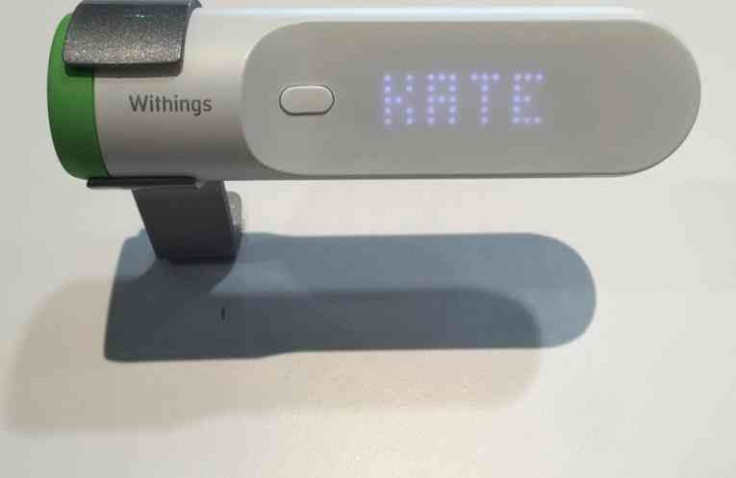
The Withings Thermo thermometer amazingly takes your body temperature without having it having to go into the body. The high-tech thermometer uses 16 infrared sensors to make the reading and collects that data on a smartphone app.
“With one touch of the button, it takes your temperature within two seconds using HotSpotSensor™ technology,” said Arielle Carpenter, Senior Marketing Manager at Withings, to iDigitalTimes. “This uses an array of 16 sensors that takes 4,000 measures in 16 seconds.”
